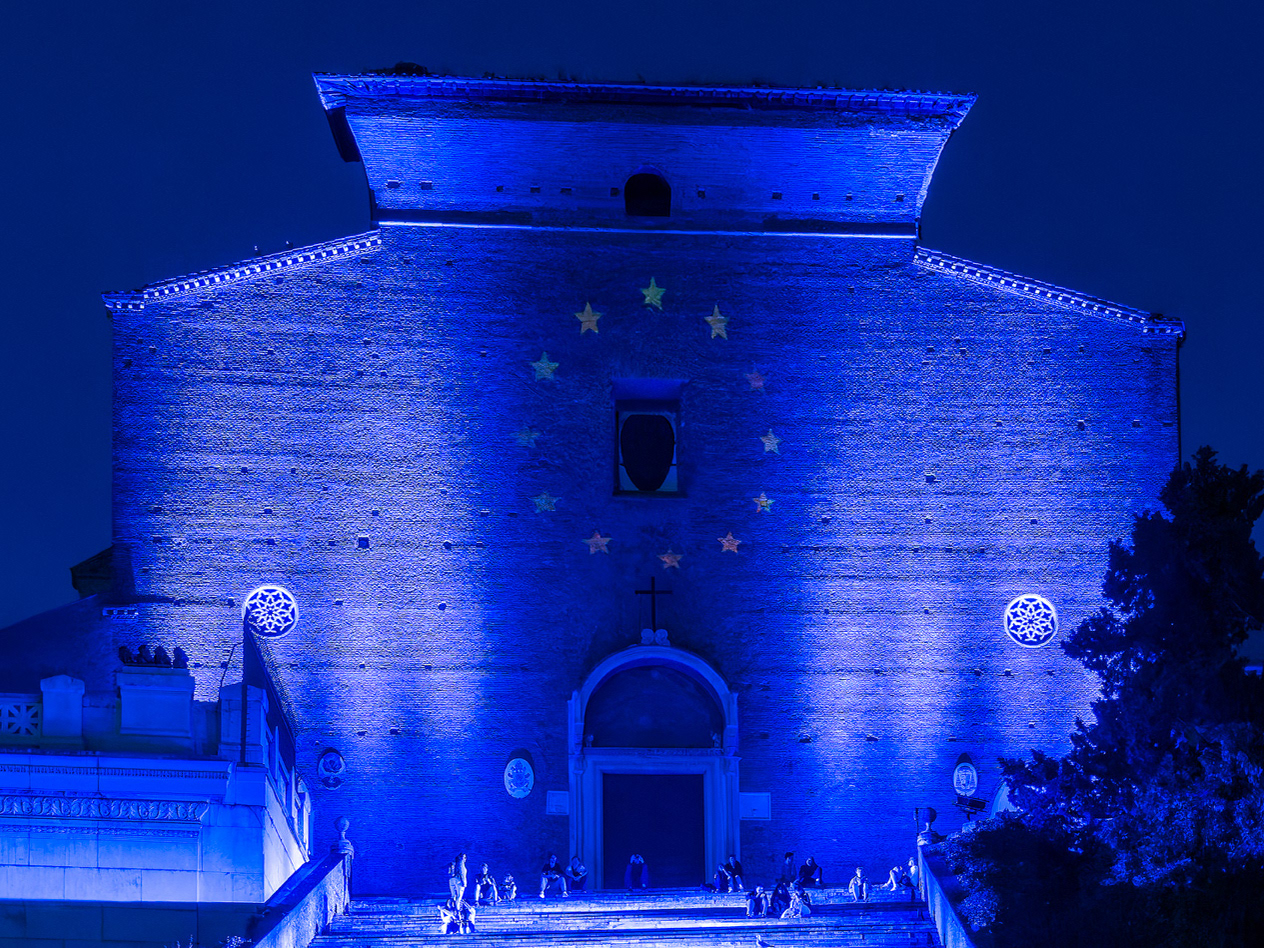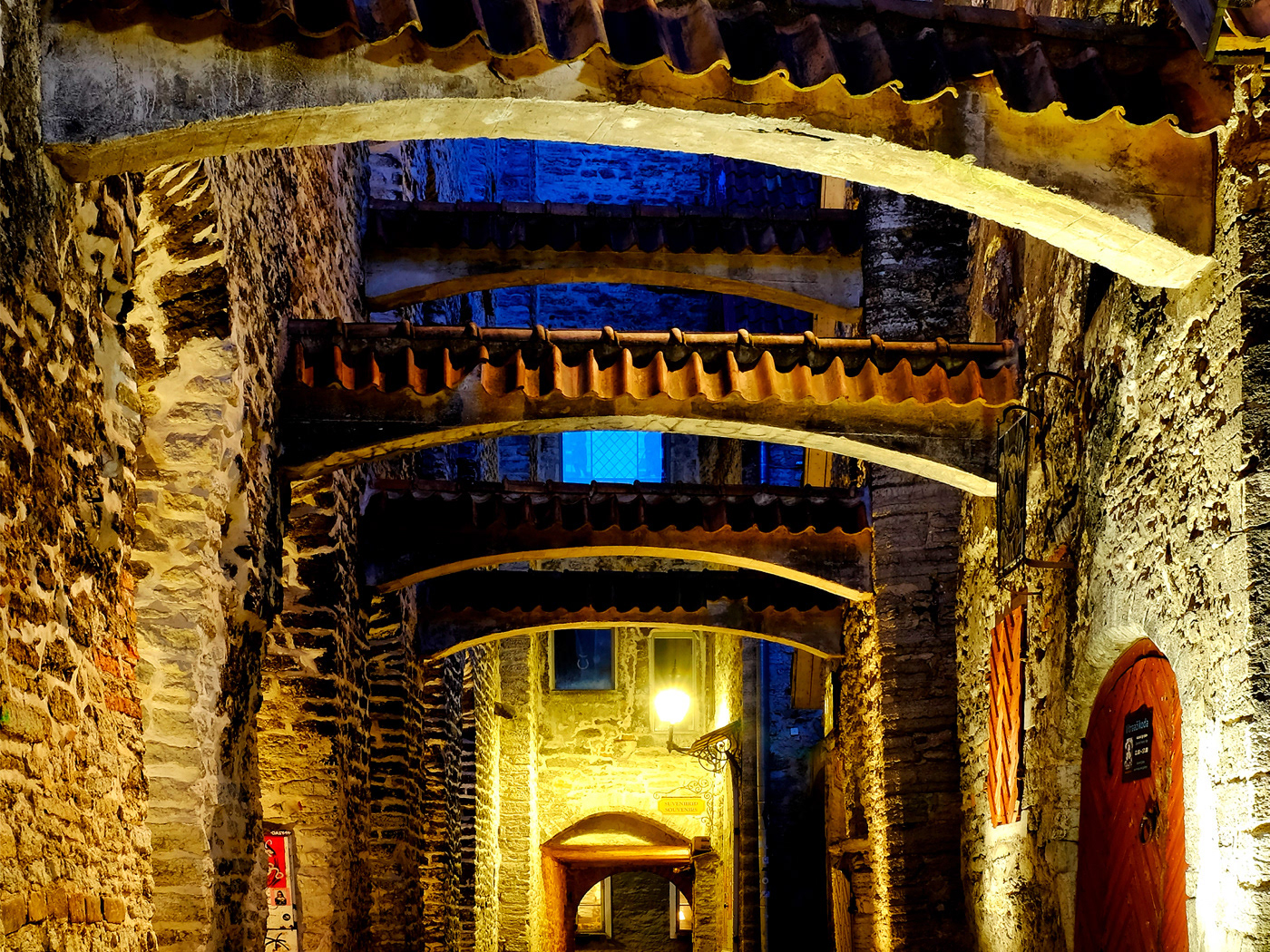Stolpersteine, or stumbling stones, are small, commemorative brass plaques placed in the pavement in front of the last known address of victims of Nazi persecution. The project was initiated by German artist Gunter Demnig in 1992 as a way to remember and honor the individuals who were taken from their homes and murdered during the Holocaust. Today, Stolpersteine can be found in cities throughout Europe, including Rome.
Rome was occupied by the Nazis during World War II, and thousands of Jews and other targeted groups were deported from the city to concentration camps. The Stolpersteine in Rome serve as a reminder of this dark period in the city's history and commemorate the lives of those who were lost.
Each Stolperstein is inscribed with the name, date of birth, and fate of the individual it commemorates. The stones are placed in the pavement in front of their former homes, often in quiet residential neighborhoods. The Stolpersteine project is a powerful way to personalize the Holocaust and to ensure that the victims are not forgotten. By bringing the memory of these individuals back to the streets where they once lived, the Stolpersteine project encourages us to reflect on the past and to work towards a better future.









